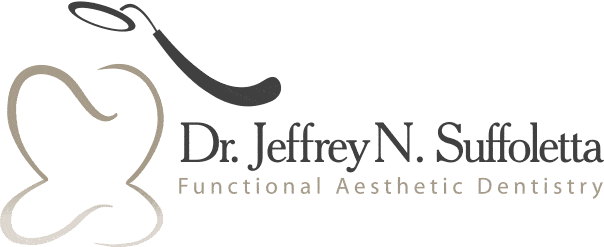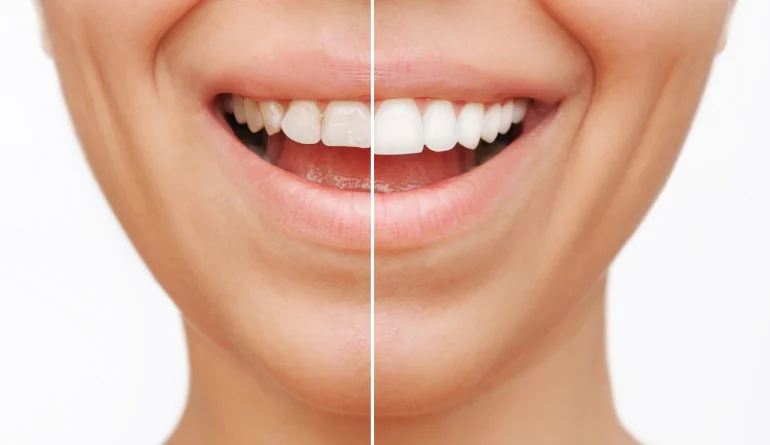What are the current developments in dental veneers?
Advancements in dental veneers have taken numerous developments that help increase efficiency, functionality, and aesthetics. Some of the current developments in dental veneers are attributed to external factors that improve the process of dental procedures. Let’s delve a little more into some interesting developments in the dental industry.
- Digital Technology
- Improved Materials
- Minimal Preparation Veneers
- Composite Veneers
- 3D Printing
- Bonding Techniques
- Aesthetic Enhancements
- Treatment Planning Software
Digital Technology
The use of digital technology, such as computer-aided design (CAD) and computer-aided manufacturing (CAM), has revolutionized the process of creating dental veneers. With intraoral scanners, your primary dentist can create highly accurate digital impressions of the teeth. This information is then sent to a milling machine, which fabricates the veneers with precise measurements and customization.
Improved Materials
Porcelain has been the traditional material for dental veneers due to its natural appearance and durability. However, newer materials like lithium disilicate and zirconia have gained popularity. These materials offer enhanced strength and aesthetics, making them more suitable for certain cases.
Minimal Preparation Veneers
With advancements in material strength, some veneers now require minimal tooth preparation. As a result, less enamel removal is needed before placement. This preserves a more natural tooth structure, making it a more conservative treatment option.
Composite Veneers
Composite resin is placed directly on the surface of the teeth. Hence, why a composite resin veneer is a decent alternative to porcelain veneers. In addition, it can be an effective and more affordable option for certain patients. Likewise, improvements in composite materials and techniques have made these veneers more durable and esthetically pleasing.
3D Printing
3D printing technology is in use and further explored in dentistry. This is just as true for the development of dental veneers. Nonetheless, this technology has the potential to streamline the production process and reduce costs. We previously wrote a report on 3D printing in dentistry where we delved a little more into the nuts and bolts of its benefits to the dental industry.
Bonding Techniques
The adhesive bonding techniques in use that attach veneers to the teeth have seen improvements. Thus, leading to stronger and longer-lasting results.
Aesthetic Enhancements
Dentists are paying more attention to the natural aesthetics of veneers, ensuring that they blend seamlessly with the patient’s existing teeth, mimicking the shape, color, and translucency of natural enamel.
Treatment Planning Software
Advanced treatment planning software allows dentists to simulate the final result of veneer placement, helping patients visualize the outcome and make informed decisions about their treatment.
It’s important to note that the field of dentistry is continuously evolving. Consequently, new developments and techniques may have emerged since we last spoke about veneers. For the most up-to-date information, we recommend consulting with a dental professional, visiting other reports in our blog or researching the latest academic and industry publications.





